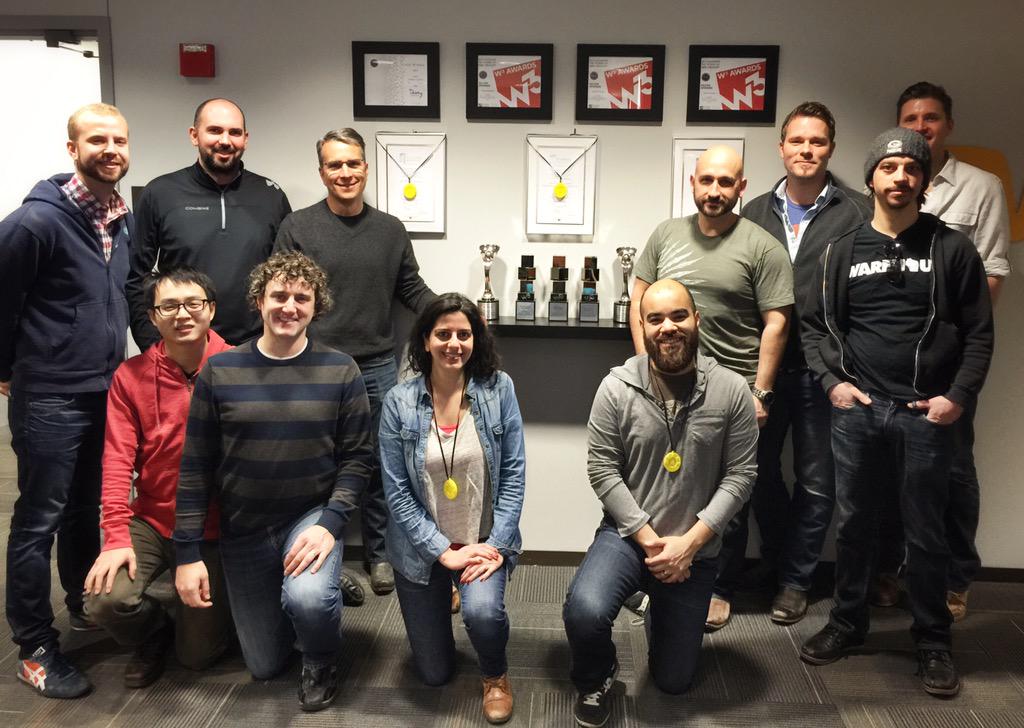I’m a planner. In my personal life, I like schedules, details, and wouldn’t consider myself very spontaneous. However, in education, I’ve learned to push this part of me aside and embrace flexibility. It isn’t always easy, but it is essential. When I meet with teachers to plan a collaborative project, we definitely put together a strong plan, but nothing makes me happier than hearing teachers say “let’s just see where this goes”. Phrases like that mean that we are giving ourselves permission to be flexible. We are providing space to look for miraculous things that are taking place right before our eyes. If we script every step of a project, then the project gets done, but at what cost? To me, the cost is student voice. When we structure lessons and projects too much, we miss the opportunities to listen to individual student voices and interests. We miss opportunities that might be waiting for us out in the world with experts, other schools, developers, and more just because it doesn’t fit on our timeline.
Here’s a perfect example of what can happen when space is provided for the miraculous to happen.
During our 2nd grade black history project, we made numerous changes to our plans. I’ve written several posts about this, but to summarize, we:
- made the project more authentic by creating our own award called the Barrow Peace Prize
- established our own criteria for the award, which matched numerous character traits that students study in social studies
- housed all of the student videos on Flipgrid and linked them on a Google site with our embedded voting tool
- created a medal using our 3d printer to honor the person from black history who won the votes
When we planned this project, we knew that certain components would be there such as time to research, time to write persuasive pieces, and time to record videos. One thing we didn’t know when we started was that we would actually create a medal on the 3D printer. Because we allowed ourselves to be flexible, to give individual students voice, and to look for the miraculous, an individual student was able to design and create a 3d-printed Barrow Peace Prize.
Taylor, our student designer, has been so proud of his work. This one moment where we provided space for the miraculous has given him and our school some other incredible moments. Taylor was able to share his work with Okle Miller’s Kindergarten students in Tampa, FL via Skype and inspire them to make their own inventions. He also shared his work with the Flipgrid team in Minneapolis during our Skype.
While Taylor was designing his work, I was of course sharing it on Twitter. Brad Hosack, co-founder of Flipgrid, half-jokingly replied:
This one tweet made us think even more. We originally just planned to print one medal and share it among all of the 2nd grade teachers in honor of the winner of the black history votes, but because we gave ourselves space for flexibility, other miraculous things happened. We printed enough medals to put one in each 2nd grade class so that now students can take turns in their classroom holding or wearing the medal, and we also sent some to Flipgrid headquarters in Minneapolis, MN.
Now, Taylor’s 3D creation is hanging in Minneapolis with Flipgrid’s many other awards. How miraculous is that?

The Flipgrid team proudly displays their Barrow Peace Prize medals along with their numerous other awards.
It is stories like these that remind me of the importance of slowing down and being flexible. Planning is still crucial, but I’m reminded that I shouldn’t plan so much that it hinders the amazing things that can happen when we let go of control and see what happens. I encourage you to give it a try.




[…] Providing Space for the Miraculous […]